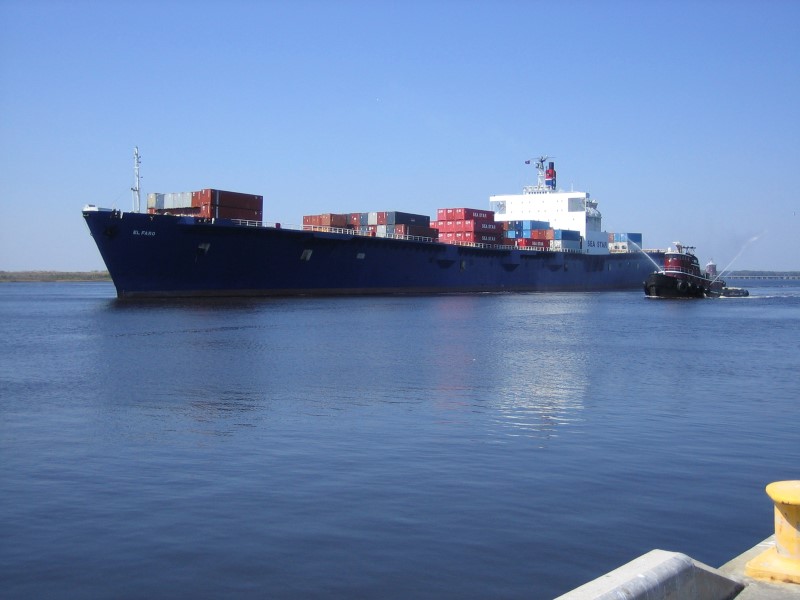By David Adams
MIAMI (Reuters) - A U.S. Navy salvage team was preparing on Sunday to launch a remotely operated submersible to confirm that wreckage discovered near the Bahamas was that of the cargo ship El Faro, lost in a hurricane last month along with its 33 crew members.
The team is seeking to retrieve the ship's voyage data recorder, similar to an airplane's black box, as part of an investigation into what caused the ship to sink, according to the National Transportation Safety Board (NTSB). It was the worst maritime accident involving a U.S.-flag vessel since 1983.
The cargo ship's owner Tote Inc. has been hit with four lawsuits filed by relatives of the crew, alleging the ship was not seaworthy and should have changed course to avoid Hurricane Joaquin.
Tote filed for protection in a federal court in Florida on Friday, citing U.S. maritime law and saying the ship was "seaworthy and properly manned" and that the company bears no responsibility for its loss.
As El Faro left port in Jacksonville, Florida, on its way to Puerto Rico, the captain set the ship on what appeared to be a collision course with the powerful storm, a decision that has baffled shipping experts.
The El Faro disappeared on Oct. 1 after the captain reported losing propulsion and taking on water. The crew included 28 Americans, and five Poles.
It was unclear on Sunday what plans were in place to recover the bodies of the crew. A week-long search and rescue mission launched by the U.S. Coast Guard after the ship went missing found only one body.
Some relatives of the crew complained that not enough was being done to find their loved ones after the Coast Guard called off its search.
"We still don't have any closure. I feel it's not really any better until they find some bodies," Schmiora Hill, 33, of Jacksonville, said on Sunday. Hill is a cousin of Roosevelt Clark, a veteran seaman who was on board El Faro.
The NTSB said in a statement on Saturday that the wreckage consistent with the 790-foot (241 meters) El Faro was found using sonar equipment, lying upright and intact at a depth of almost 3 miles, complicating the search.
The submersible, known as CURV-21, is equipped with a video camera and could be launched as soon as Sunday, the NTSB said.
The voyage data recorder attached to the aft of the ship's bridge is designed to be removable by a remotely controlled device, according to shipping experts. It preserves the last 12 hours of engine orders and communications from the bridge and could provide vital clues as to why the ship sank.

Tote has said the loss of propulsion likely resulted in the ship sinking as it was unable to steer clear of high seas whipped up by Joaquin.